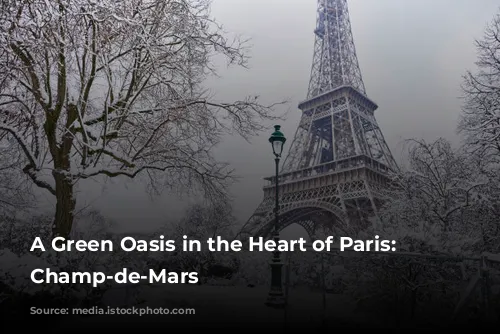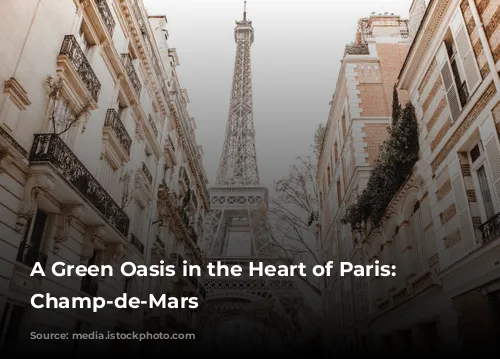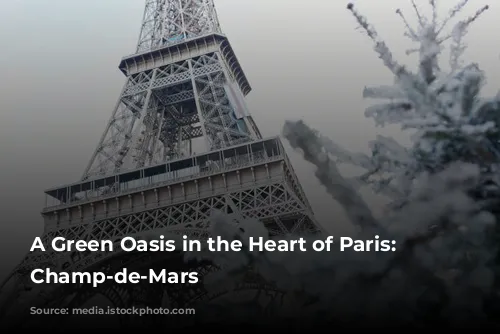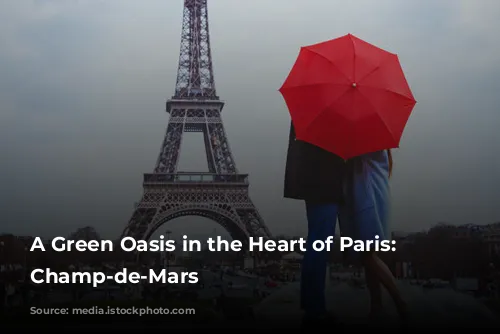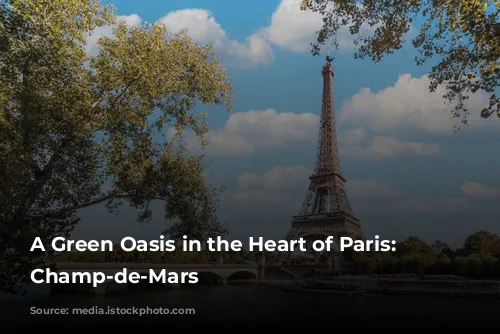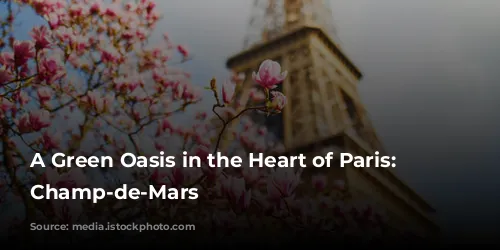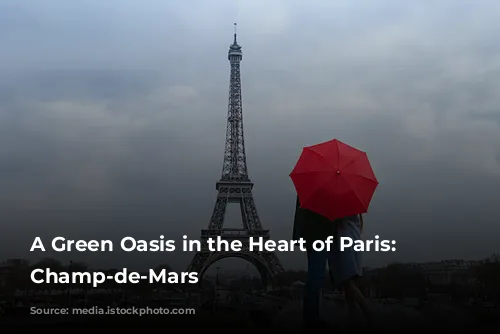The Champ-de-Mars, a sprawling public garden in the 7th arrondissement of Paris, is a beloved destination for Parisians and tourists alike. This vast green space, stretching between the iconic Eiffel Tower to the northwest and the Ecole Militaire to the southeast, offers a tranquil escape from the bustling city.
This introduction establishes the Champ-de-Mars as a popular attraction and a peaceful retreat in the heart of Paris.
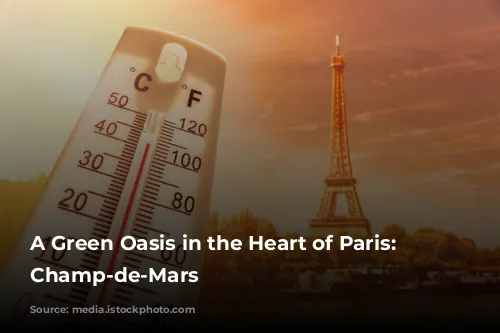
From Military Grounds to Revolutionary Hub: A Historic Journey
The Champ-de-Mars has a rich history, its name derived from the Roman Field of Mars, named after the god of war, reflecting its initial purpose. In the past, it was a vast space for military maneuvers and parades, accommodating as many as 10,000 soldiers. It was later transformed into a market gardening area before becoming a military training ground with the construction of the Ecole Militaire in 1765.
This section traces the evolution of the Champ-de-Mars from its military origins to its use as a market gardening space, and finally to its return to military purposes with the construction of the Ecole Militaire.
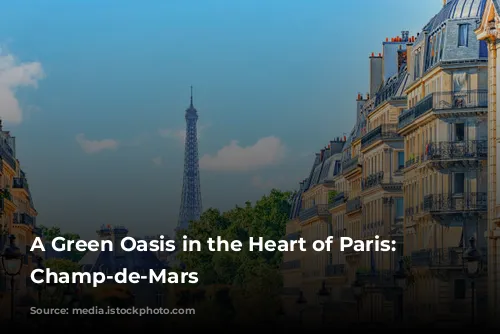
A Stage for Revolution and Festivities: The Champ-de-Mars Takes Center Stage
The Champ-de-Mars became a focal point during the French Revolution, playing host to significant events that shaped the nation’s destiny. The Feast of the Federation in 1790, celebrating the anniversary of the revolution, brought together hundreds of thousands of people in a display of unity and national pride. However, the Champ-de-Mars also witnessed the tragic “Sooting of the Champ-de-Mars” in 1791, a massacre that left dozens dead.
This section focuses on the Champ-de-Mars’s role in the French Revolution, highlighting the contrasting moments of unity and tragedy that occurred within its borders.
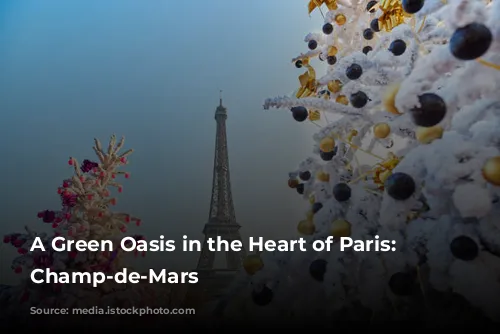
A Canvas for Celebrations and Culture: The Champ-de-Mars in the 19th and 20th Centuries
The Champ-de-Mars continued to be a hub for public gatherings and celebrations in the 19th and 20th centuries. It was the site of several World Fairs, including the 1889 exhibition that saw the construction of the Eiffel Tower, a monument that has become synonymous with Paris itself. The Champ-de-Mars also hosted the 1900 Summer Olympics and witnessed the construction and subsequent demolition of the Machine Gallery, a grand structure built for the 1900 World Fair.
This section explores the Champ-de-Mars’s enduring role as a venue for international exhibitions and sporting events, highlighting its association with iconic structures like the Eiffel Tower and the Machine Gallery.
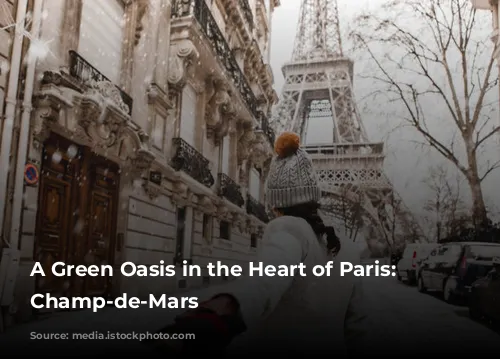
A Place for Relaxation, Entertainment, and Celebration: The Champ-de-Mars Today
Today, the Champ-de-Mars is a tranquil public garden where Parisians and tourists can relax, enjoy the outdoors, and soak up the beauty of the city. The grassy lawns are ideal for picnics, while the central alleys provide space for leisurely strolls. It’s a popular spot for families with children, who can enjoy pony rides, puppet shows, and playgrounds.
This section emphasizes the modern-day use of the Champ-de-Mars as a relaxing and entertaining destination for Parisians and tourists alike, highlighting its family-friendly amenities.
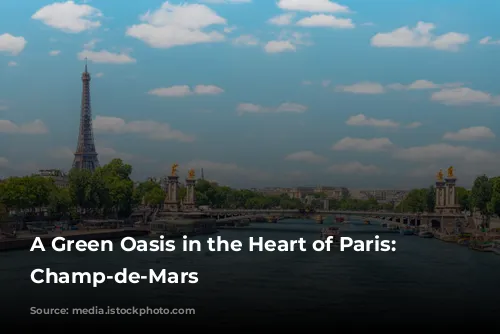
A Symphony of Events: The Champ-de-Mars as a Stage for Grand Occasions
The Champ-de-Mars continues to be a stage for major events and performances. Every year, it hosts the annual fireworks display on July 14th, France’s National Day, drawing massive crowds. It has also been the venue for memorable concerts by renowned artists like Jean Michel Jarre and Johnny Hallyday, attracting millions of spectators.
This section underlines the Champ-de-Mars’s ongoing role as a venue for major events and performances, highlighting its history of hosting iconic concerts and the annual Bastille Day fireworks.
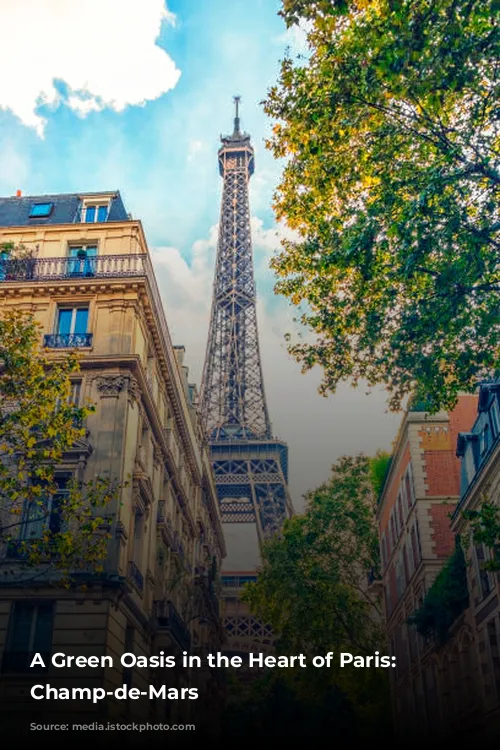
A Historic Park: A Journey Through Time in Paris
The Champ-de-Mars, a living testament to the history and culture of Paris, continues to evolve, showcasing its adaptability and its enduring appeal. Its history, encompassing military usage, revolutionary fervor, and modern-day leisure, has shaped the landscape of the city, creating a space that resonates with the spirit of Paris – a place for celebration, relaxation, and reflection.
This conclusion emphasizes the Champ-de-Mars’s enduring relevance as a historical landmark and a dynamic space that continues to evolve, encapsulating the spirit of Paris through its diverse history.
